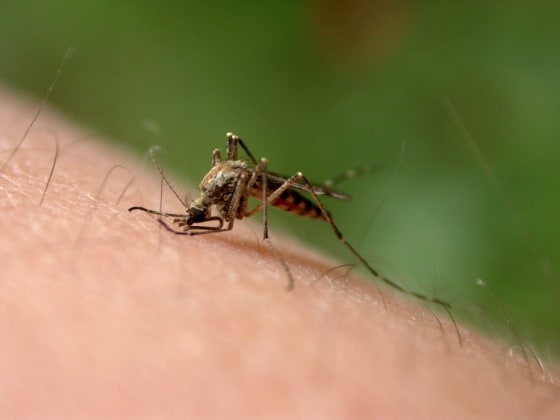Zika virus is “spreading explosively” across Latin America and the Caribbean, according to the World Health Organization. As many as 4 million people could be infected over the next year, and scientists are racing to determine whether the virus is causing an increase in microcephaly, a birth defect that can kill babies or cause lifelong disability.
But U.S. government health officials say Zika’s unlikely to spread much in the U.S., although they say small, occasional outbreaks are possible as travelers bring the virus back and get bitten by mosquitoes. And that risk is mostly confined to the far south, because the Aedes aegypti mosquitoes that spread Zika don’t live in colder climates.
Even then, the risk might only be for women who are currently pregnant, because 80 percent of people infected by Zika don’t even feel sick at all. But there are some other mosquito-borne illnesses that are worth watching out for. They’re endemic in the U.S., meaning they are here year-round. Here are a few of them:
West Nile virus
West Nile was only introduced into the United States in 1999, but it quickly spread to all 48 continental states as well as Canada and Mexico. Since then, it's infected hundreds of thousands of people, causing severe illness in about 40,000 and killing more than 1,600.
More than 2,000 cases were reported last year alone, more than 1,300 of them serious infections that caused meningitis or encephalitis, according to the Centers for Disease Control and Prevention. California had a bad year last year with more than 700 cases and 45 deaths in 2015.
West Nile spreads badly because it is carried by several different species of mosquito that are common across the U.S., and because it also infects birds, so they act as what’s called a reservoir for the virus. They can carry West Nile to new places and help keep it circulating. That’s not known to happen with Zika.
Eastern equine encephalitis virus
Like Zika, this one’s rare and usually does not cause symptoms. An average of eight cases a year are reported in the U.S., according to CDC. Most are in Florida, Georgia, Massachusetts, and New Jersey. It kills about a third of patients who develop serious symptoms and can cause severe brain damage in those who survive. Maine health officials reported a death from EEE in November and two people in New York died from the virus last year.
EEE lives in birds but a number of species of mosquito that bite both birds and people can spread it, including Aedes, Coquillettidia, and Culex mosquitoes.
La Crosse encephalitis
La Crosse encephalitis affects 80 to 100 people a year, according to CDC. It’s found mostly in the upper midwest -- Minnesota, Wisconsin, Iowa, Illinois, Indiana, and Ohio, as well as the mid-Atlantic and southeast. It’s carried by the treehole mosquito, or Aedes triseriatus. Most people don’t know they have it but it can cause severe symptoms, mostly in children. Fewer than 1 percent of people who develop serious symptom die.
St Louis Encephalitis
This one’s rare but people in the southeast can catch it year-round. In some years, like 2013, just a single case was reported. In 2004, 15 cases were reported. But in 1975 there was a big epidemic of severe disease that affected 2,000 people in the midwest.
Malaria
This one used to be common in the U.S. In fact, it’s one of the reasons the CDC even exists. Widespread spraying in the 1940s killed most of the mosquitoes that carry the malaria parasite, and malaria was eradicated from the U.S. in 1951. Unlike the other infections listed here, malaria is not endemic in the U.S. but it’s so common that 1,500 cases of malaria are diagnosed each year. Most are in travelers but they have sparked a few local outbreaks.

